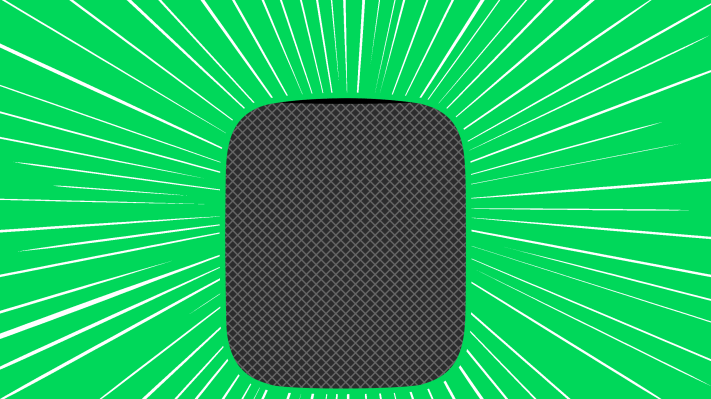
With WWDC a few days out, we’re arising on one 12 months since Apple first confirmed off its glitzy reply to the Amazon Echo and Google Home sensible audio system. It took greater than eight months from then for the HomePod to lastly hit cabinets, and it took up till a few days in the past for all of the promised performance to reach.
Four months since launch, it’s clear Apple delivered some superior {hardware}, however there are many options I need to see the HomePod decide up when Apple involves the stage at its annual developer convention to speak iOS 12. For all of the criticisms levied towards the machine, probably the most weighty has been the truth that there isn’t even a obscure cause to think about shopping for the speaker until you might be an Apple Music subscriber. For Apple Watch customers who need to hearken to non-Apple Music tunes the identical is true to a lesser diploma.
At the very least, the corporate must introduce some performance to third-party music companies via SiriPackage that opens up voice instructions to play particular songs and person playlists whereas leaving premium performance for Apple Music the place customers can say stuff like “play more songs like this,” and “play something I’d like,” and many others., and many others. No one is anticipating the Apple {hardware} to be designed round listening to Spotify, however it’s irritating and confounding that Apple received’t play ball in any respect.

Apple Music has 50 million subscribers, together with these on three-month free trials. Spotify has 170 million month-to-month lively customers, 75 million of that are paying for the Premium service. That’s an awfully large chunk of music followers to be ignoring. As good as I feel the HomePod is, it’s a daring (and misguided) technique to assume it’s sufficient to persuade entrenched Spotify playlist lovers that they simply want want want to modify to allow them to purchase this $349 speaker.
To be truthful, the corporate appears to have had sufficient struggles making the speaker work for its personal ambitions. Airplay 2 was introduced at WWDC final 12 months and was solely launched just a few days in the past with the performance that brings stereo playback to customers which have a few HomePods.
iOS 12 can be an opportune time for Apple to showcase that the HomePod is open for enterprise to third-party builders — although hopefully in a method that’s extra gated than the gimmick dump that Alexa Skills has turn into. Siri has been fairly mild on third-party motion for some time now, however it made some notable strides in iOS 11, although that performance has largely been screen-dependent and thus not obtainable to the HomePod. It’s time to alter that, or a minimum of share how they plan to enhance the expertise over the following 12 months.
Apple {hardware} giving preferential therapy to Apple companies isn’t precisely a shocking flip for the corporate, however constructing a wise speaker that asserts incredible audio as its central premise whereas ignoring any shred of assist for enjoying songs from the preferred streaming service appears somewhat anti-consumer and out of Apple’s greatest pursuits, as nicely. It’s taken Apple lengthy sufficient to deliver Siri to the tough place it’s at now on the iPhone, hopefully they’ll pace up the progress on HomePod and Apple Watch to make life simpler for third-party integrations on gadgets which have a lot unrealized potential.



